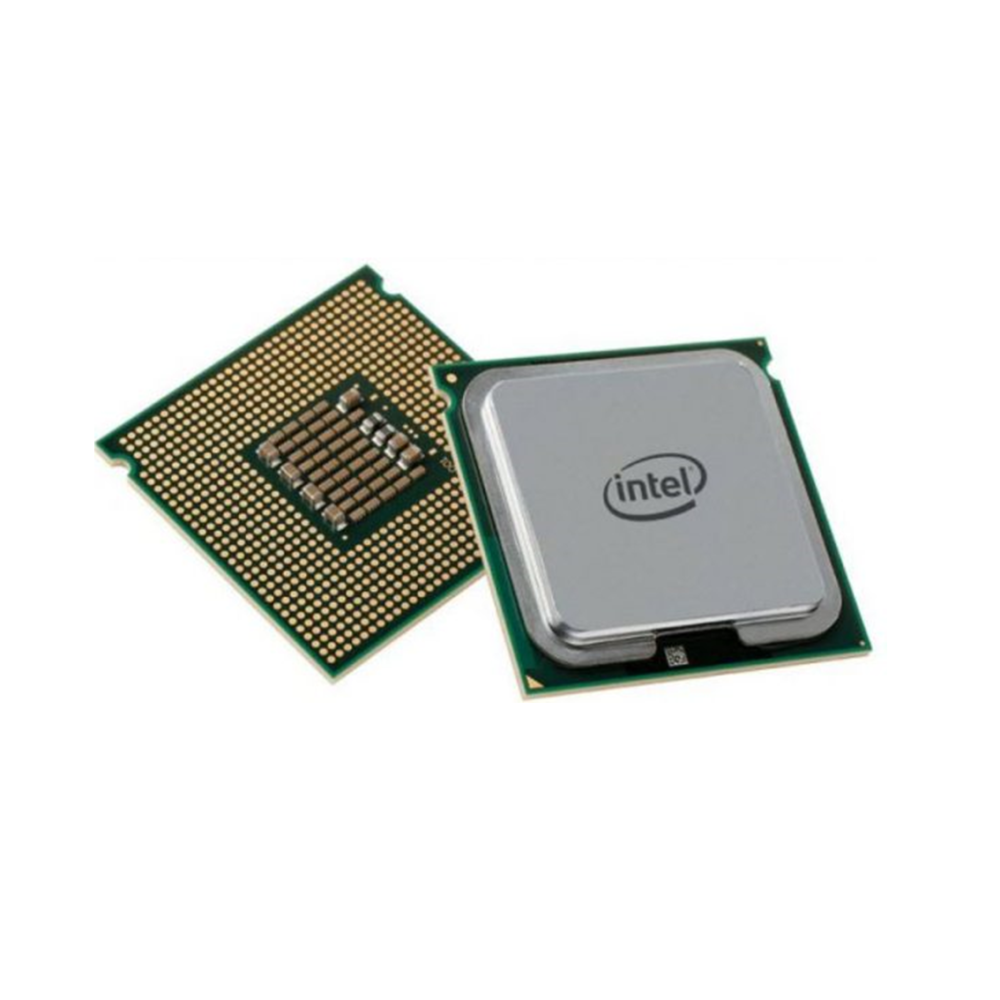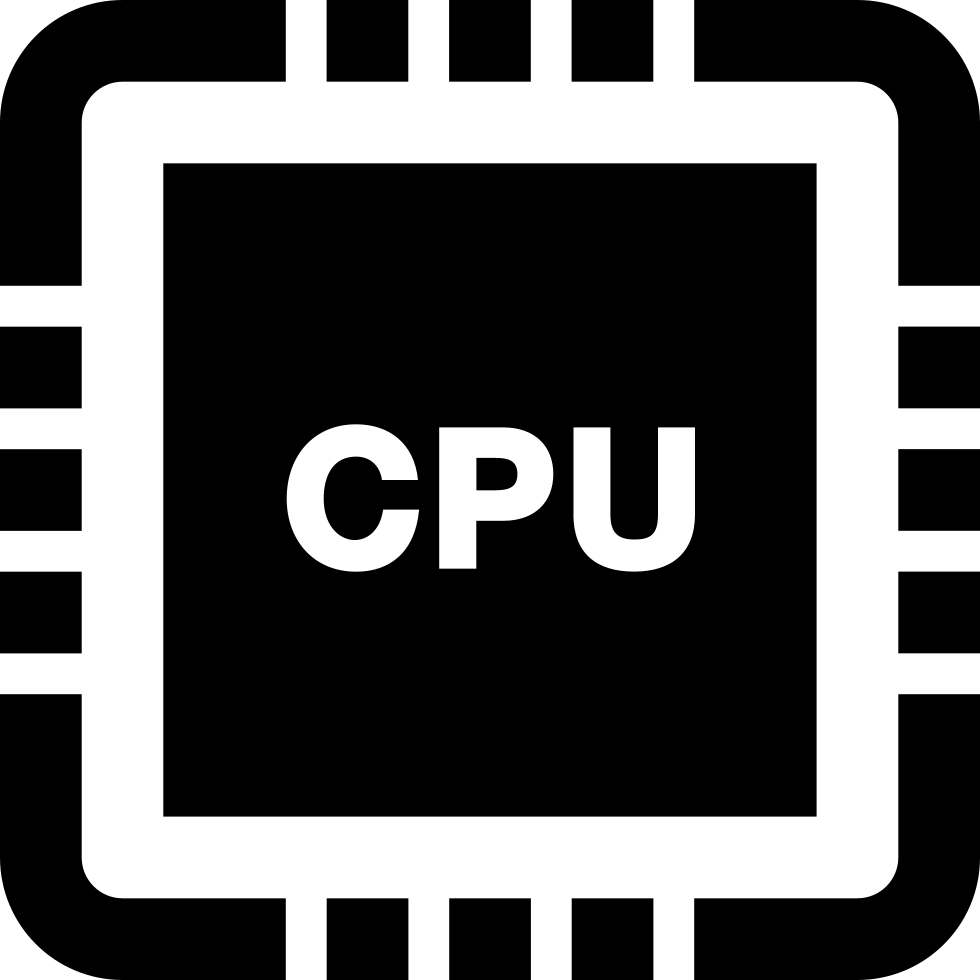Introduction
Knowing how to check your CPU is essential for anyone who uses a computer or laptop, whether for work, gaming, or casual browsing. The central processing unit (CPU) acts as the brain of your computer, executing instructions and processing data. Understanding its performance can help you troubleshoot problems, optimize your system, and plan for upgrades. This comprehensive guide will walk you through various methods to check your CPU on different operating systems. We will also cover the importance of monitoring CPU performance, interpreting CPU metrics, and utilizing third-party tools. By the end of this article, you will be well-equipped to check your CPU and make informed decisions about your hardware.Learn how to check your CPU on various operating systems easily. Explore tools and techniques to monitor your CPU performance and usage.
Why You Should Check Your CPU
There are several compelling reasons to know how to check your CPU regularly. First and foremost, it helps monitor your system performance. If your computer is running slow or experiencing lags, the CPU is often the culprit. By checking its usage and performance metrics, you can gain insight into your system’s efficiency.
Another reason to check your CPU is for diagnostics. If you are experiencing software crashes or freezing applications, investigating the CPU can help pinpoint the issue. For gamers, boosting CPU performance is crucial for an enjoyable gaming experience. High CPU usage can lead to frame drops and slower load times in games. By monitoring the CPU, gamers can tweak settings to optimize performance.
Additionally, as technology evolves, hardware requirements for software also change. Whether you’re installing a new video game or software application, knowing your CPU’s specifications can help determine if your system will handle the load. Regularly checking your CPU lays the foundation for evidence-based upgrades. You can identify if it may be time to invest in a faster, more efficient processor.
Finally, understanding your CPU can enhance your knowledge of computer components. This knowledge can help you become more adept at troubleshooting issues, leading to a more satisfying user experience. By learning how to check your CPU, you empower yourself to maintain your system effectively.

How to Check Your CPU on Windows
If you are using a Windows operating system, there are several simple ways you can find your CPU information. Below, you will find step-by-step instructions to check your CPU through various methods, including the Task Manager and System Information.
Using Task Manager
1. Open Task Manager: Right-click on the taskbar at the bottom of your screen and select “Task Manager” from the menu. Alternatively, you can press Ctrl + Shift + Esc to open it directly.
2. View CPU Usage: In the Task Manager window, click on the “Performance” tab. Here, you will see a graph displaying CPU usage over time, along with metrics indicating the current CPU usage percentage.
3. View CPU Details: On the left side of the Performance tab, select “CPU.” You will see additional details, such as the CPU model, number of cores, and logical processors. This section displays the clock speed and usage metrics in real-time.
Using System Information
1. Open System Information: Type “System Information” in the Windows search bar and open the application.
2. Locate CPU Details: In System Information, look for “Processor” under the “System Summary” section. This will provide you with detailed information about your CPU model, speed, and number of cores.
By following these methods, you can easily access various CPU details on your Windows computer, making it simple to monitor and assess your system’s performance.

Using Third-Party Tools to Check Your CPU
While built-in operating system features provide essential CPU information, many users seek more comprehensive insights. Third-party tools can help monitor CPU performance, temperatures, and much more.
Recommended Software Tools
1. CPU-Z (Windows): A widely popular tool that provides detailed information about your processor, including architecture, clock speed, and core count. CPU-Z is user-friendly and offers real-time monitoring.
2. HWMonitor (Windows): This tool helps monitor CPU temperature, voltages, and fan speeds. A clear overview of your system’s thermal status is vital, especially for gamers and users involved in performance-heavy tasks.
3. Core Temp (Windows): Specifically designed to monitor CPU temperature. It provides detailed readings of each individual core’s temperature, allowing users to keep an eye on heat levels during intensive tasks.
4. iStat Menus (macOS): This application provides comprehensive stats on CPU usage, temperature, and other stats in a simple and user-friendly interface. It can be easily found in the menu bar, offering quick access to critical information.
5. Psensor (Linux): Users can leverage Psensor to monitor temperature and fan speeds. It provides user-friendly graphs and alerts for overheating, making it a handy tool for Linux users who want to keep an eye on system health.
Why Use Third-Party Tools?
Using third-party tools provides deeper insights that operating systems may not offer. They often present a more detailed analysis of system performance, helping users troubleshoot issues and optimize their setups. Especially for gamers and advanced users, these tools offer vital information for enhancing the gaming experience or performing intensive computational tasks.

Interpreting CPU Information
After checking your CPU, it’s crucial to understand the information presented. Various metrics indicate how well your CPU is performing and whether or not there are optimizations required.
Understanding Key Metrics
1. Clock Speed: Measured in GHz, this indicates the speed at which your CPU operates. A higher clock speed can enhance general performance but is not the only factor in CPU efficiency.
2. Cores and Threads: Modern CPUs usually feature multiple cores. Each core can handle a separate task, while threads allow multiple processes to run simultaneously. For example, a CPU with 4 cores and 8 threads can handle 8 tasks simultaneously.
3. CPU Usage: When measuring the percentage of CPU being used, low percentages indicate that your CPU is operating efficiently. During intensive tasks, higher usage is expected, but constant high usage may suggest a need for optimization.
4. Temperature: Monitoring CPU temperature is essential to prevent overheating. Most CPUs function optimally below 80°C. If temperatures exceed this, it can lead to performance throttling or hardware damage.
Analyzing Performance Data
Once you gather data about your CPU, analyze it to determine if any upgrades are necessary. For gamers, higher processing power can improve frame rates significantly. Business users may need to assess if the CPUs can handle simultaneous software applications effectively.
Additionally, regular monitoring helps establish a performance baseline, making it easier to identify when the CPU begins to underperform. Knowing when to upgrade or optimize leads to a better overall computing experience.

Conclusion
Understanding how to check your CPU is a vital skill for all computer users. It empowers you to monitor system performance, troubleshoot issues, and maintain optimal computer operation. Whether you’re an everyday user, a tech enthusiast, or a gamer, knowing your CPU status can enhance your technology experience significantly.
By utilizing the methods outlined in this article, you can check your CPU on various operating systems quickly. Remember to consider third-party tools for comprehensive insights into CPU performance. Regularly checking your CPU will shape your understanding of how your computer functions, leading to better management and upgrades in the future.
Stay proactive about your system’s health, and share your experiences or questions in the comments. Being informed about your CPU ensures that you can enjoy a smooth and efficient computing experience tailored to your needs.





